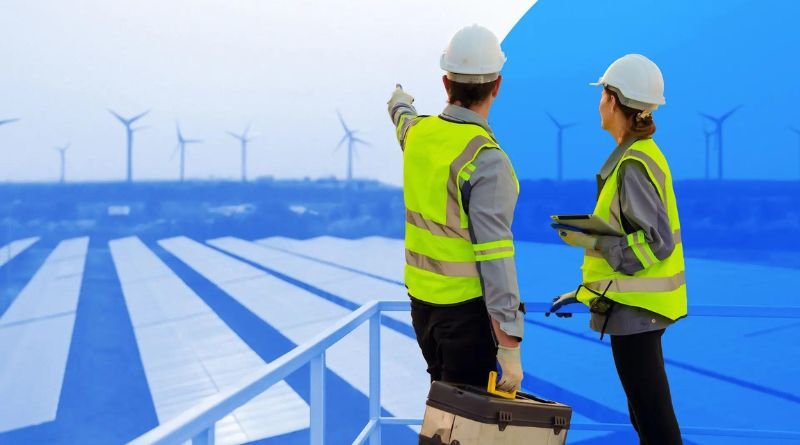How Construction Companies Can Achieve Sustainable Practices

How Construction Companies Can Achieve Sustainable Practices
The Importance of Sustainability in Construction
Sustainability in construction is crucial for reducing the environmental impact of building projects. As the industry grows, resource demand increases, leading to more significant carbon emissions and waste. Sustainable practices help the environment and reduce costs in the long run. By adopting solutions like belt press rental, companies can also optimize their resource use efficiently.
Research indicates that sustainable construction methods, including eco-friendly materials and processes, can significantly reduce carbon footprint. These practices are essential as they address the growing environmental challenges and cater to the increasing demand for sustainable infrastructure. For example, a study found that buildings adhering to green standards can reduce their energy consumption by up to 40%, benefiting both the environment and the bottom line.
Choosing Eco-Friendly Materials
Remember to prioritize eco-friendly materials when pursuing sustainable construction. Materials like recycled steel, bamboo, and reclaimed wood reduce waste and minimize the need for new resource extraction. Utilizing these materials can significantly decrease the environmental impact of your projects. For example, recycled steel saves about 75% of the energy costs of new steel production.
In addition, using low VOC (volatile organic compounds) paints and finishes and other non-toxic materials can improve indoor air quality and create healthier living and working environments. Eco-friendly insulation options, such as sheep’s wool and cotton, can also offer efficient thermal protection while being biodegradable.
Implementing Energy-Efficient Designs
Energy-efficient designs are crucial for sustainable buildings, with features such as proper insulation, energy-efficient windows, and renewable energy sources. Natural lighting and ventilation optimization can also reduce energy consumption. Guidelines and standards for energy-efficient homes serve as models for new constructions, ensuring environmental friendliness and long-term cost-effectiveness. Implementing these standards can significantly decrease energy consumption and enhance construction sustainability. LEED certification requirements can lead to energy savings of up to 30%.
Effective Waste Management Solutions
Construction projects generate a lot of waste, but effective waste management solutions can mitigate this issue. Implementing recycling programs, reducing material offcuts, and reusing demolition materials can significantly reduce the amount of waste sent to landfills. Prefabricated components and modular construction methods can minimize onsite waste, reduce construction time, and enhance project efficiency.
Water Conservation Strategies
Water conservation is crucial for sustainable construction. Rainwater harvesting, low-flow fixtures, and drought-resistant landscaping can significantly reduce water usage and lower utility bills. Implementing water recycling systems can further contribute to sustainable water management, potentially reducing water use by up to 50%.
Embracing Innovative Technologies
The construction industry has a wealth of new technologies that can help achieve sustainability, from building information modeling (BIM) to 3D printing. Embracing these innovations can lead to more efficient and sustainable construction processes. Advanced construction methods, such as modular construction and 3D printing, can minimize material waste and shorten project timelines, contributing significantly to sustainability goals.
Examples of Sustainable Construction Practices
Several companies and projects have successfully implemented sustainable practices. For instance, some modern buildings use innovative technology to manage energy use and reduce waste. The Bullitt Center in Seattle is often considered the greenest commercial building in the world and integrates various sustainable features, including solar panels and onsite greywater treatment. Additionally, buildings with green roofs provide natural insulation and habitats, and construction projects are using renewable energy sources. The Bosco Verticale in Milan showcases the potential of integrating natural elements into urban construction with its extensive greenery and sustainable design.
The Future of Sustainable Construction
Due to technological advancements and increased awareness, the construction industry is shifting towards sustainability. Future trends include green roofs, renewable energy integration, and stricter environmental regulations. Materials science innovations, like self-healing concrete and carbon capture techniques, will reduce environmental impact throughout building lifecycles. Artificial intelligence and machine learning integration can optimize resource use and minimize environmental impacts in construction management.



